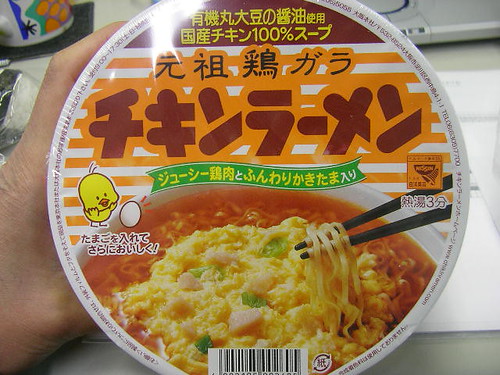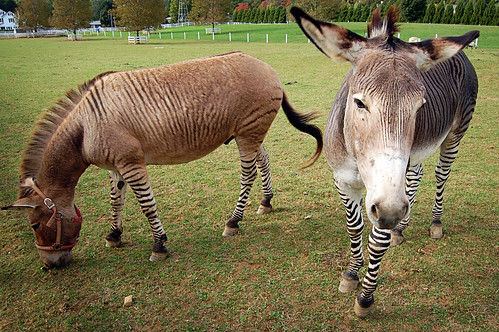Welcome to Word Buzz Wednesday, your go-to place for the most interesting words of the week. The latest: a chaotic cloud formation, skyscraper-scaling photographers, an unusual ― and devastating ― syndrome.
asperitas
“Nearly 10 years after they floated the idea, the society’s efforts paid off: the WMO has added the asperitas to the updated International Cloud Atlas.”
Lila MacLellan, “Amateur cloud-spotters lobbied to add this beautiful new cloud to the International Cloud Atlas,” Quartz, March 25, 2017
The asperitas (Latin for “roughness”) is a “weird turbulent wave cloud” first noted by amateur cloud enthusiasts in 2006, says Quartz. It looked like, says Gavin Pretor-Pinney, president of the Cloud Appreciation Society, “you were beneath the surface of the sea on a really choppy, rough day when the sea surface is being churned about,” similar to the undulatus cloud formation but “more intense, more chaotic.”
Other cloud names that sound like Harry Potter spells include the flumen, “a kind of sidekick to a larger cloud”; the cataractagenitus, which gathers over a large waterfall; silvagenitus, “fed by trees in periods of high humidity”; flammagenitus, made by fire; homogenitus, human-made, such as condensation clouds created “by human activity”; and volutus, a roll cloud.
rooftopper
“That text accompanies the above Instagram post from user cocoanext—one of a ballsy group of Shanghai-based ‘rooftopper’ photographers.”
Diane Hope, “Shanghai’s Daring ‘Rooftoppers’ Are Taking Urban Exploration to New Heights,” Atlas Obscura, March 24, 2017
Rooftoppers are photographers who go to knee-knocking heights to get amazing shots. The term roof topping may have first been used in the “2005 urban exploration manual Access All Areas,” referring to “accessing rooftops and other high vantage points of metropolises around the world,” and which gained popularity “around 2011 with the ascent of social media platforms, particularly Instagram.”
Schumer box
“In the past decade, there’s been a lot of different legislation and standardization with credit cards to make them more transparent. One of those is what’s called a Schumer box.”
Nathan Hamilton, “These 3 Words May Change How You Use Credit Cards,” The Motley Fool, March 24, 2017
The Schumer box is a “table that appears in credit card agreements showing basic information about the card’s rates and fees.” The box is named for New York Senator Charles Schumer who, as a congressman, was involved in the 1988 Truth in Lending Act, which created the Schumer box.
miche
“Centuries ago in France, peasants would bake what’s called a miche — a 20-kilo, circular loaf of naturally leavened bread that was both cheap and long lasting.”
Elena Kadvany, “Knead to bake,” Palo Alto Online, March 23, 2017
The French miche ultimately comes from the Latin micca, “small loaf,” says the Oxford English Dictionary. Mitch is the obsolete English form of miche also referring to a small loaf of bread.
uppgivenhetssyndrom
“Georgi was given a diagnosis of uppgivenhetssyndrom, or resignation syndrome, an illness that is said to exist only in Sweden, and only among refugees.”
Rachel Aviv, “The Trauma of Facing Deportation,” The New Yorker, April 3, 2017
Those suffering from uppgivenhetssyndrom, says The New Yorker, “have no underlying physical or neurological disease, but they seem to have lost the will to live.” De apatiska, or the apathetic, is another name for them. A typical patient is “totally passive, immobile, lacks tonus, withdrawn, mute, unable to eat and drink, incontinent and not reacting to physical stimuli or pain.”
Resignation syndrome may be related to the concept of a “sense of coherence,” as coined by Israeli sociologist Aaron Antonovsky, who says that mental well-being “depends on one’s belief that life is orderly, comprehensible, structured, and predictable.” The most effective treatment for uppgivenhetssyndrom, says the Swedish Board of Health and Welfare, is a permanent residency permit for the patient and their family.






